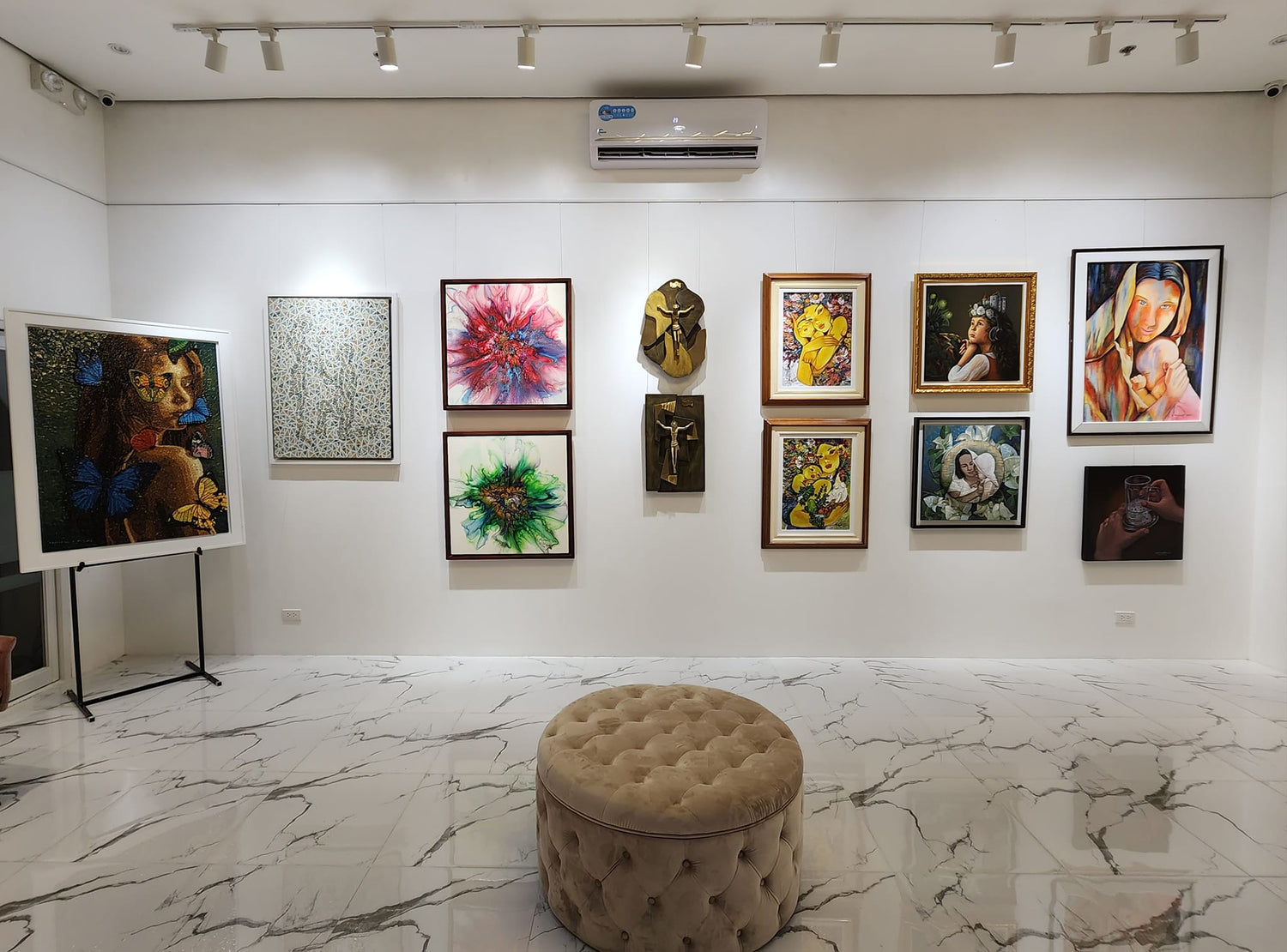5 Famous Sculptors in the Philippines and Their Works
Sculpture is an indigenous art form in the Philippines. It is part of the local cultures of various groups like the carved anitos in the Cordillera region, the religious images of the Christians, and the famous wood-carved pieces of Paete. Filipino sculptors have utilized different materials for their art such as stone, wood, metals, bronze, terracotta, resin, and glass.
Aside from making busts and monuments, modern sculpture has also emerged with new artistic techniques and mediums. Famous Filipino sculptors created some of the sculptures you see in public spaces. These works of art, whether they are traditional or modern, are testaments to the brilliance of Filipino artists. Here are 5 famous sculptors in the Philippines and their works that you should know.
5 Famous Filipino Sculptors and Their Notable Works
1. Guillermo Tolentino (1890-1976)
Tolentino was a famous sculptor in the Philippines who was conferred the distinction of National Artist of the Philippines for Sculpture in 1973. He graduated from the School of Fine Arts at the University of the Philippines where he also taught. As one of the famous Filipino sculptors, Tolentino’s great works include the UP Oblation which symbolizes academic freedom, and the Bonifacio Monument, a group sculpture of several figures like Andres Bonifacio and Emilio Jacinto around an obelisk.
His other notable contributions include:
- bronze figures of President Manuel Quezon at Quezon Memorial
- life-size busts of Jose Rizal
- marble statue of Ramon Magsaysay in the GSIS Building
- design of the gold and bronze medals for the Ramon Magsaysay Award
- design of the Republic of the Philippines official seal
DID YOU KNOW?
Anastacio Caedo and Virgilio Raymundo were the models of the Oblation. Caedo was Tolentino’s student assistant while Raymundo was Caedo’s brother-in-law. The references for the Oblation were Caedo’s physique and Raymundo’s proportions.
2. Napoleon Abueva (1930-2018)
Abueva was known as the Father of Modern Filipino Sculpture and a National Artist awardee. He graduated from the University of the Philippines College of Fine Arts. He was both skillful in both classical and abstract representations in sculptures. Abueva created his masterpieces with a wide range of materials like marble, bronze, iron, cement, adobe, stainless steel, and brass, among others.
His legacy as one of the famous Filipino sculptors lives on through his prominent works.
- altar and hanging crucifix at the Parish of the Holy Sacrifice Church in UP Diliman
- memorial cross reliefs at Dambana ng Kagitingan in Mt. Samat, Bataan
- Sandugo Monument in Tagbilaran, Bohol
- Magdangal, Tres Marias, and Nine Muses at UP Diliman
- Sunburst sculpture at the lobby ceiling of Peninsula Manila
- Neptune and Aphrodite at La Mesa Eco Park
- Allegorical Harpoon at the Cultural Center of the Philippines
3. Ramon Orlina (1944-present)
Orlina’s intricate use of glass as a medium sets him apart from other famous Filipino sculptors. He shapes his figures out of glass blocks using his techniques and procedures. He studied architecture at the University of Santo Tomas before starting his art career. Museo Orlina in Tagaytay showcases his glass sculptures. Among his stunning artworks are Madonna and Child, Nurturing, Rest In My Arms, Dove of Peace, and Torso. You can also see his works when you visit these places:
- Arcanum XIX: Paradise Gained at the National Museum of Natural History in Manila
- the sculptural architectural design of the Greenbelt Chapel in Makati City including the God the Father resin image on the dome
4. Eduardo Castrillo (1942-2016)
Castrillo is prominent for his all-metal sculpture, using bronze and brass. One of the famous Filipino sculptors, his body of work spanned over four decades. He produced massive monuments that include:
- People Power Monument along EDSA
- Bonifacio and the Katipunan Revolution Monument near Manila City Hall
- Redemption at Metrobank Plaza in Makati City
- Mother of All Asia–Tower of Peace in Batangas
- Execution of Rizal in Rizal Park
- Pieta and Last Supper at Loyola Memorial Park in Paranaque City
- Beyond Broadcasting statue outside the GMA Network Center
He also created small figurative and abstract sculptures with the same techniques that he utilized on his monuments. Among these works of art are Roundel, Evolute, Dynamism in Grateful Form, and Free Form.
DID YOU KNOW?
The People Power Monument was finished in 1993 or 7 years after the EDSA revolution. The monument is less than one kilometer from the EDSA Shrine.
5. Michael Cacnio (1969-present)
This Ten Outstanding Young Men (TOYM) awardee is critically acclaimed for his brass sculptures that feature characters in typical Philippine scenes. He graduated from the College of Fine Arts at the University of the Philippines. He is the first local artist among the famous Filipino sculptors who held a solo exhibit at the Berlaymont in Brussels in 2007. Some of his notable sculptures include Kite, Fish Vendor, Magtataho, Samalamig Vendor, Mother and Child, Caravan, and Boy with Balloons.
Famous Filipino sculptors have their respective techniques and styles in creating their artworks. They either prefer the traditional or modern method of sculpting. They use diverse materials like marble, brass, bronze, steel, cement, and glass. Some produced large monuments in public spaces while others made small sculptures. These famous Filipino sculptors are critically acclaimed due to their notable body of work.
Nami Art Gallery has a curated collection of high-quality artworks like sculptures created exquisitely by talented artists. We are committed to nurturing emerging talents and collaborating with established artists so they can exhibit their skills. Do you want to buy a beautiful sculpture to display at home? Visit Nami Art Gallery.


